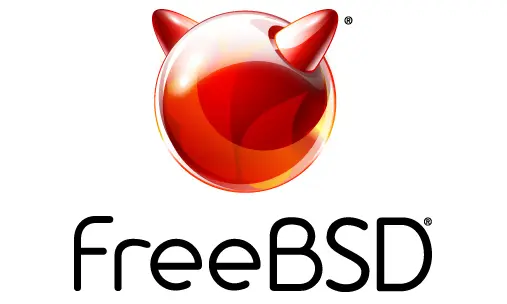FreeBSD didn’t just pop up like a viral meme. It has a long, geeky history deeply rooted in UNIX. So let’s dive into its story—without putting you to sleep (hopefully).
The Beginning: From UNIX to BSD
The story starts in the late 1970s. Back then, some genius engineers at the University of California, Berkeley started modifying the AT&T UNIX operating system and created their own version, which they called BSD (Berkeley Software Distribution).
BSD wasn’t just a copy—it introduced powerful features like the TCP/IP stack, which became the backbone of the modern internet. So yeah, BSD is basically the godfather of the internet.
The Birth of FreeBSD: Officially Out in 1993
After a long legal drama between AT&T and BSD (which felt like a tech soap opera), a truly free version finally emerged: 386BSD. But 386BSD was progressing slower than a turtle on vacation, so a group of awesome developers decided to create FreeBSD, officially releasing version 1.0 in 1993.
Their mission? Simple but noble: to build an operating system that’s free, stable, fast, and reliable.
The Evolution of FreeBSD
FreeBSD has continued to grow over the decades, with each version adding tons of cool stuff. Here are a few major milestones:
-
FreeBSD 2.x (1994)
The OS became usable and started gaining traction in server environments. -
FreeBSD 4.x (1999–2003)
Its golden era. Many call this one of the most stable UNIX-like systems ever made. -
FreeBSD 5.x–6.x
Introduced SMP (Symmetric Multi-Processing) and the GEOM storage framework. -
FreeBSD 7.x–8.x
Focused on network performance and introduced ZFS—a powerful file system for managing storage. -
FreeBSD 9.x–13.x (current)
Broader hardware support, even better performance, more stable ZFS, and still loved by hardcore server admins.
As of 2025, the latest major version is FreeBSD 14.x, and yes—it’s actively developed.
The Community and Contributions
FreeBSD is managed by The FreeBSD Project, a dedicated global community. It has a clear structure:
- Core Team – like the board of directors
- Committers – developers with direct access to the source code
- Contributors – yes, you can be one too!
All development is transparent, and the documentation is legendary thanks to the FreeBSD Handbook.
Real-World Use Cases
FreeBSD may not be a household name on desktops, but it’s a silent powerhouse in servers and networks. Big names that use or have used FreeBSD:
- Netflix – for their CDN infrastructure
- WhatsApp – the early backend ran on FreeBSD
- Juniper Networks – their router OS is FreeBSD-based
Why Is It Still Relevant?
FreeBSD stays strong because:
- It uses a flexible BSD license
- It’s rock-solid and resource-efficient
- The community is consistent and quality-focused
- It offers advanced features like ZFS, jails, and DTrace
FreeBSD isn’t just a system with a long history—it’s a tech legend that helped shape the modern internet. From Berkeley’s classrooms to giant data centers, FreeBSD keeps working quietly behind the scenes.
If you’re into robust, elegant, and reliable systems… maybe it’s time to get to know FreeBSD a little better.



0 Comments:
Post a Comment